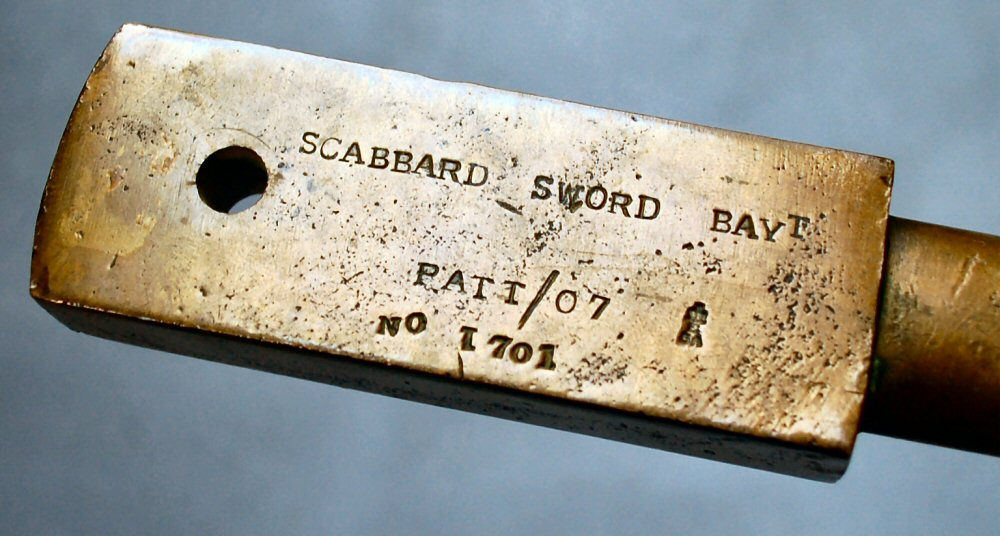One of the pleasures of collecting is stumbling across oddities that may not necessarily fit within my specific focus, but are closely related.
Over the years, I have accumulated a number of scabbard mandrels.
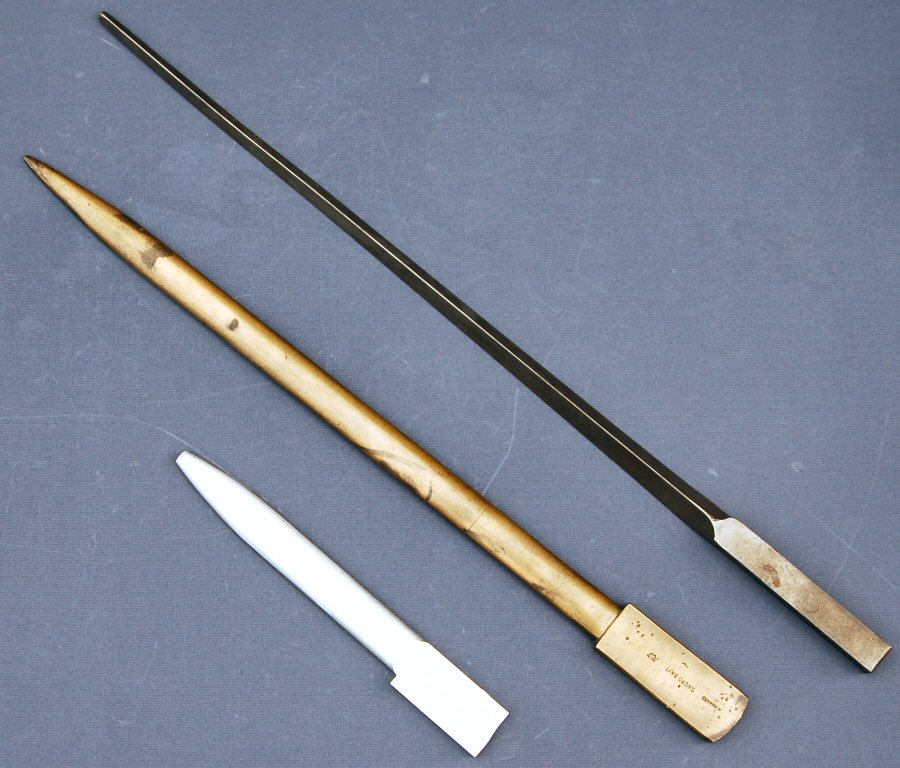
The first is an all-steel mandrel, for the P1876 Martini Henry and P1895 Martini Enfield scabbards.

The only clear marking is an arrow surmounted WD stamped into the handle, making it the indisputable property of the War Department.

Less distinguishable are the remains of numbers painted on the handle, which I take to be stock or reference numbers.
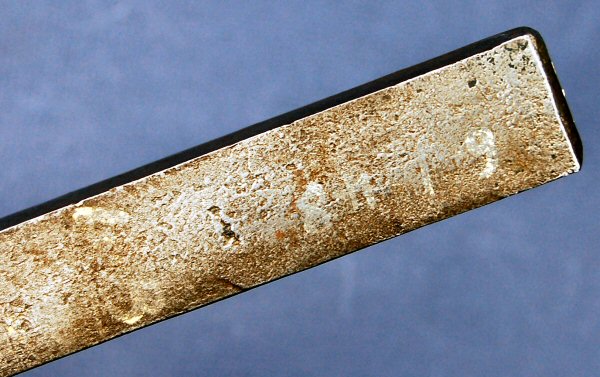
The tip of the mandrel is squared off.
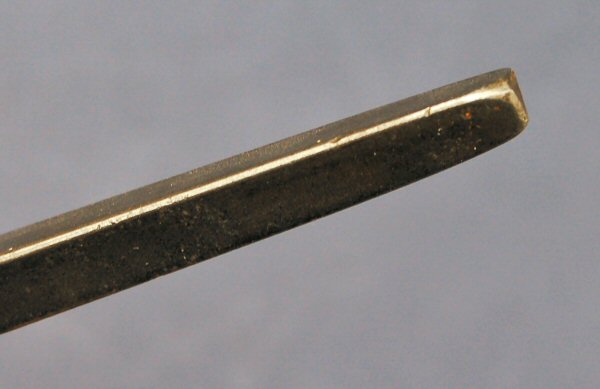
The next example is made of brass, or more likely gunmetal. Its identity is declared on the handle, along with the War Department arrow ownership mark.
Identified in the List of Changes (LoC 14676 26 April 1909) as 'Mandril, scabbard, sword-bayonet, pattern 1907, blocking leather. (Mark I.) And Mark II. A pattern of the above-mentioned mandril, for use of armourers, has been sealed to govern manufacture.' Greatful thanks to fellow collector Graham Priest for contributing this information.

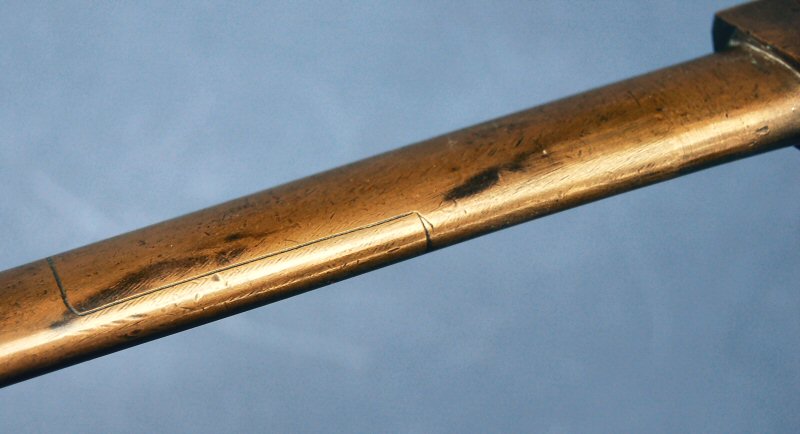
The upper limits of the scabbard leather are engraved into the body of the mandrel, delineating the cuts to be made to accommodate the steel locket.
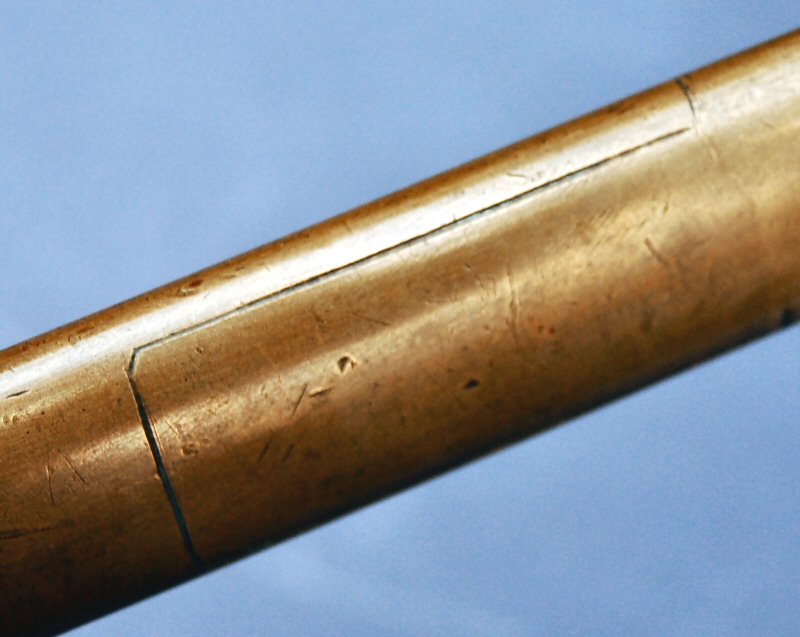
The tip of this mandrel is shaped into a point.
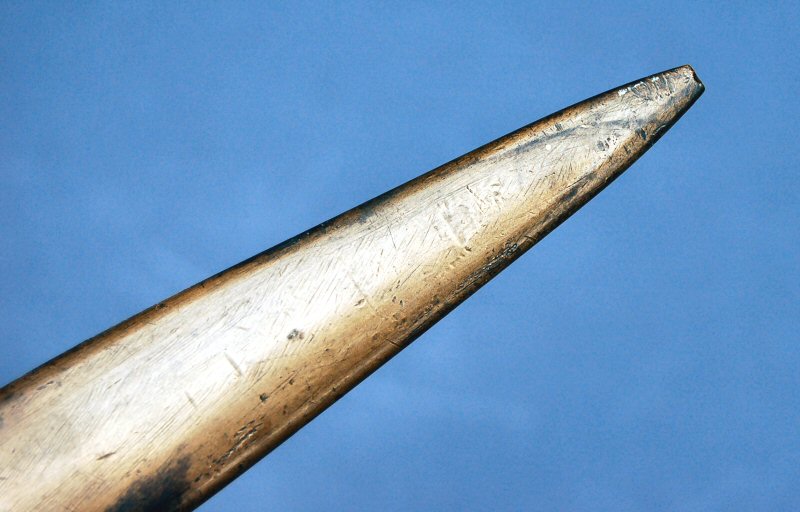
I have encountered a similar mandrel to the P1907 example, but for the P1888. I was not fortunate enough to secure it at the time, but I do know they exist.
Thanks also to fellow collector Terry Hawker for sharing the following three images of an all steel mandrel for the P1907 scabbard MkII.



The final example is somewhat of a mystery to me. It is made from aluminium, and clearly for the No5 scabbard, L1 series, the Australian SLR or Canadian C1 bayonets. An unfinished steel scabbard body is shown alongside.
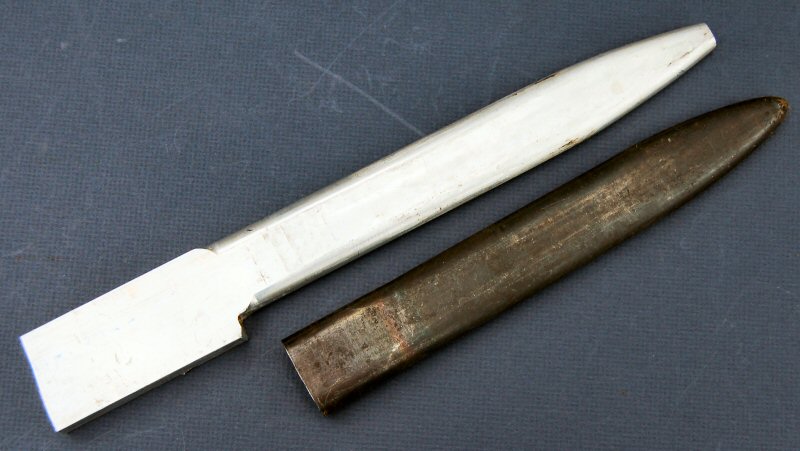
Whether or not this mandrel was used as part of the manufacturing process or simply as a gauge is unclear. Certainly a steel scabbard body would not be formed using the same process as a leather one.
There are no markings on it.
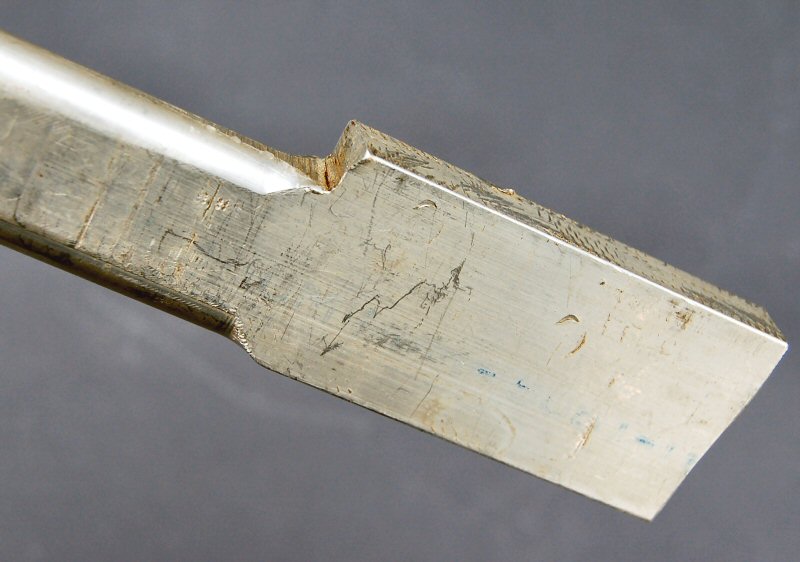
The tip of the mandrel is squared off, which is appropriate to the method of manufacture, the tip of the scabbard being a separately formed piece, then welded to the body tube.

Information on similar examples or other patterns would be most welcomed.
Additional information : trolling through some old auction catalogues resently, I came across the following listings in Kent Sales from 1982.

Very rare all brass mandrel for the British P1888 Lee Metford. Marked : EFD SCABBARD MKII SB88 WD arrow crown/J/9/E
Very rare all brass mandrel for the British P1907 Lee Enfield, marked : SCABBARD SWORD BAYT PATT/07 No.1701 crown/E/5/A
The following images received with thanks from fellow collector Thierry Fayolle :
Two scabbard mandrels in gunmetal, for the P1888 (top) and the P1907.
The P1907 mandrel bears the makers mark : arrow/EFD (RSAF Enfield)
Likewise the mandrel for the P1888, with the addition of an Enfield Inspectors stamp.
A further example of a mandrel for the P1907. The serial number is an indication of actual use in production of scabbards.

